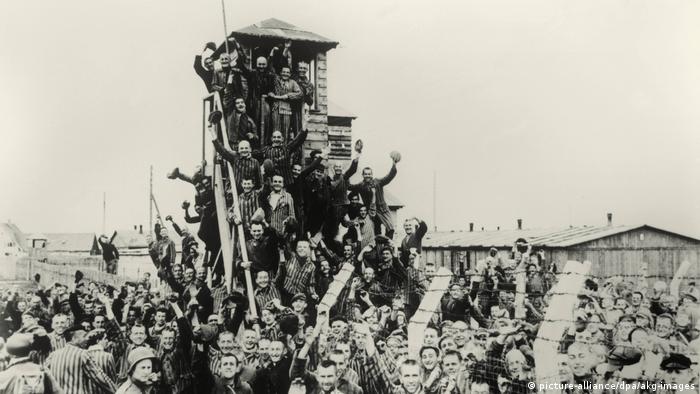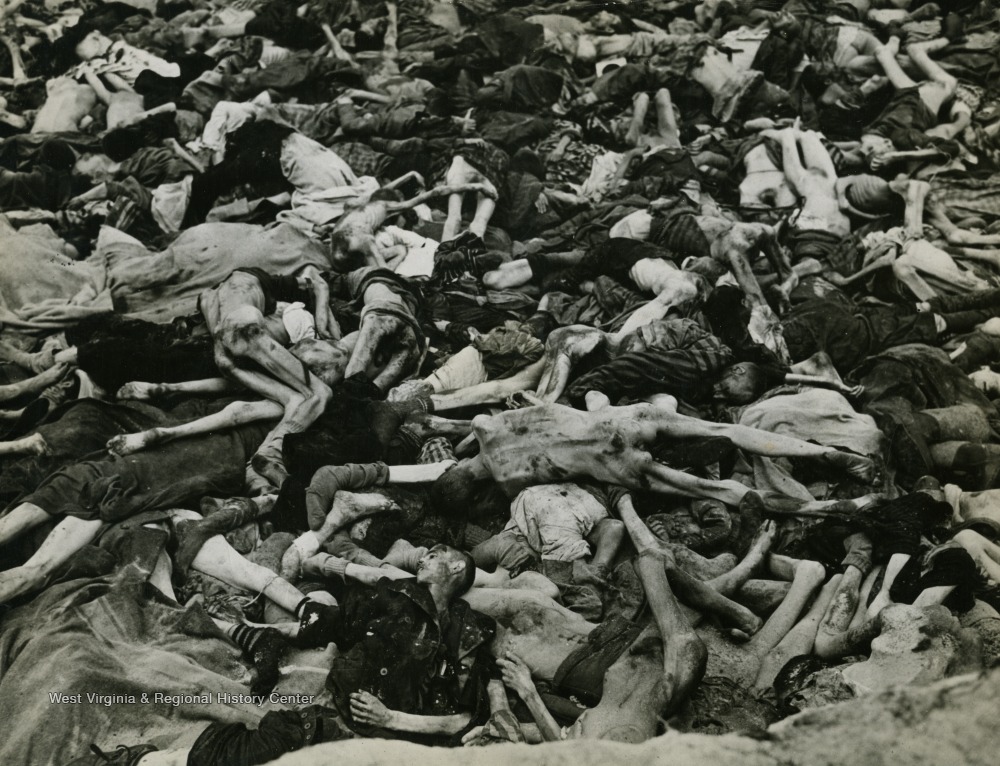Texas Historical Commission
(Submitted by Trey Rusk)
 Prisoners rejoicing following the liberation of the concentration camp by the U.S. Seventh Army's 45th Infantry Division on April 29, 1945
Prisoners rejoicing following the liberation of the concentration camp by the U.S. Seventh Army's 45th Infantry Division on April 29, 1945
In 1945, more than 300 Texans were among the U.S. soldiers in Germany who arrived at concentration camps to aid those imprisoned inside.
The Texas Liberators Project, led by the Texas Holocaust, Genocide, and Antisemitism Advisory Commission (THGAAC), conducted oral histories so others can learn from veterans’ first-hand experiences. Hear the stories at https://lnkd.in/gysrkn8g
American soldiers found countless dead bodies in Dachau Concentration Camp
“I guess that one day I saw more dead than the whole town of Galveston,” remembered Birney “Chick” Havey, of being at Dachau with his Army unit. “It always makes you wonder how could human beings do that to human beings?”


Six million Jews were murdered in the Holocaust—the systematic, state-sponsored persecution and attempted annihilation of the Jewish people by the Nazi regime and collaborators. Additional groups targeted by the Nazis included the Roma, gay people, Black people, people with disabilities, and others.
This week is Texas Holocaust Remembrance Week, #TexasHRW. Organizations such as the Dallas Holocaust and Human Rights Museum , Holocaust Museum Houston , El Paso Holocaust Museum and Study Center, and Holocaust Memorial Museum of San Antonio provide a variety of ways to acknowledge the victims and survivors.
In addition, the THGAAC offers educational resources, speaking engagements, grants, and presentations for the teachers, students, and the public: https://thgaac.texas.gov


1 comment:
I remember seeing many of those photos in a Signal Corps book my dad had. Corpses stacked like cordwood and men who looked like walking skeletons. It's remarkable how seemingly normal people could do that to other people. I guess the trick is to make them into subhuman scape goats.
Post a Comment